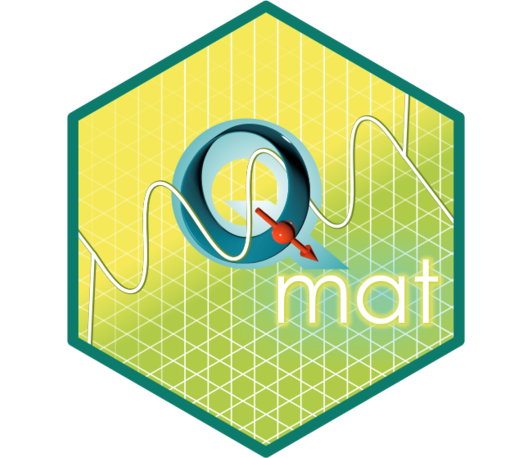Symmetry operational similarity and 1D objects
- Datum: 15.10.2024
- Uhrzeit: 09:30 - 11:45
- Vortragende(r): Sang-Wook Cheong
- Keck Center for Quantum Magnetism, Rutgers University, NJ, USA
- Ort: Max Planck Institute for Solid State Research
- Raum: 4D2
- Gastgeber: Dep. of Quantum Materials

The symmetry of the whole experimental setup, including specific sample environments and
measurables, can be compared with that of specimens for observable physical phenomena. We,
first, focus on one-dimensional (1D) experimental setups, independent from any spatial rotation
around one direction, and show that eight kinds of 1D objects (four; vector-like, the other four;
director-like), defined in terms of symmetry, and their dot and cross products are an effective
way for the symmetry consideration. The dot products form a Z2 × Z2 × Z2 group with Abelian
additive operation, and the cross products form a Z2 × Z2 group with Abelian additive operation
or Q8, a non-Abelian group of order eight, depending on their signs. These 1D objects are
associated with characteristic physical phenomena. When a 3D specimen has symmetry
operational similarity (SOS) with (identical or lower, but not higher, symmetries than) an 1D
object with a particular phenomenon, the 3D specimen can exhibit the phenomenon. The
concept of this SOS, which is often permutable, can be a transformative and unconventional
avenue for symmetry-guided materials designs and discoveries.
References
1, SOS: symmetry-operational similarity, Sang-Wook Cheong, npj Quantum Materials 4, 53 (2019).
2, Permutable SOS (symmetry operational similarity), Sang-Wook Cheong and Fei-Ting Huang, npj
Quantum Materials 6, 58 (2021).
3, Emergent Phenomena with Broken Parity-Time Symmetry: Odd-order vs. Even-order Effects, Sang-
Wook Cheong, Fei-Ting Huang, and Minhyong Kim, Rep. Prog. Phys. 85, 124501 (2022).